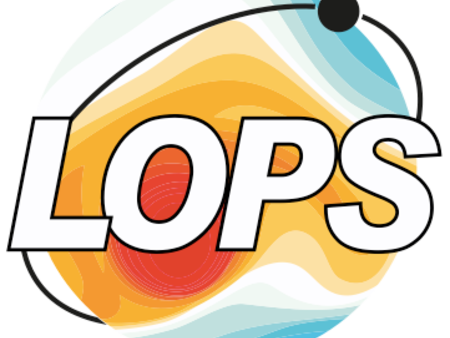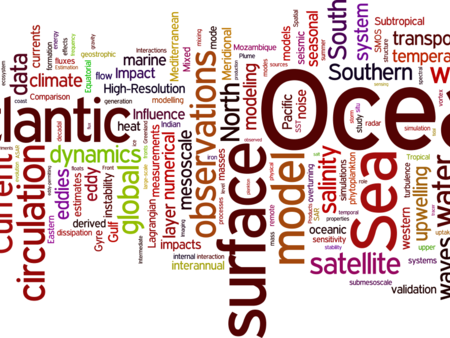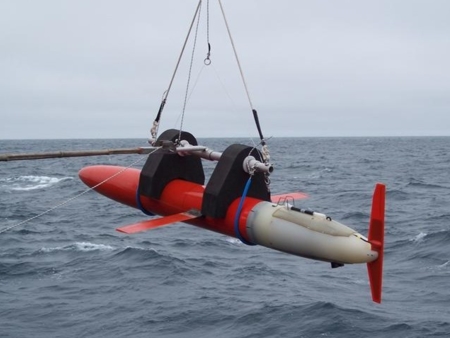Partners
This multidisciplinary project brings together researchers from four laboratories:
LPO, LADHYX, LEGI and IRPHE, who works on the same scientific question but
from two complementary perspectives: physical oceanography and fluid
mechanics.
The dynamics of the ocean over a large scale range will be investigated by the
LPO by means of geosismic and hydrographic measurements combined with
gliders and high resolution numerical simulations using the massively parallel
'Earth Simulator 2' computer in Japan. These simulations will be compared to
large scale laboratory experiments on the new "Coriolis II" rotating platform at
LEGI. The LadHyX and IRPHE have an expertise in stratified turbulence and
layering mechanisms such as the zigzag instability or the radiative instability.







